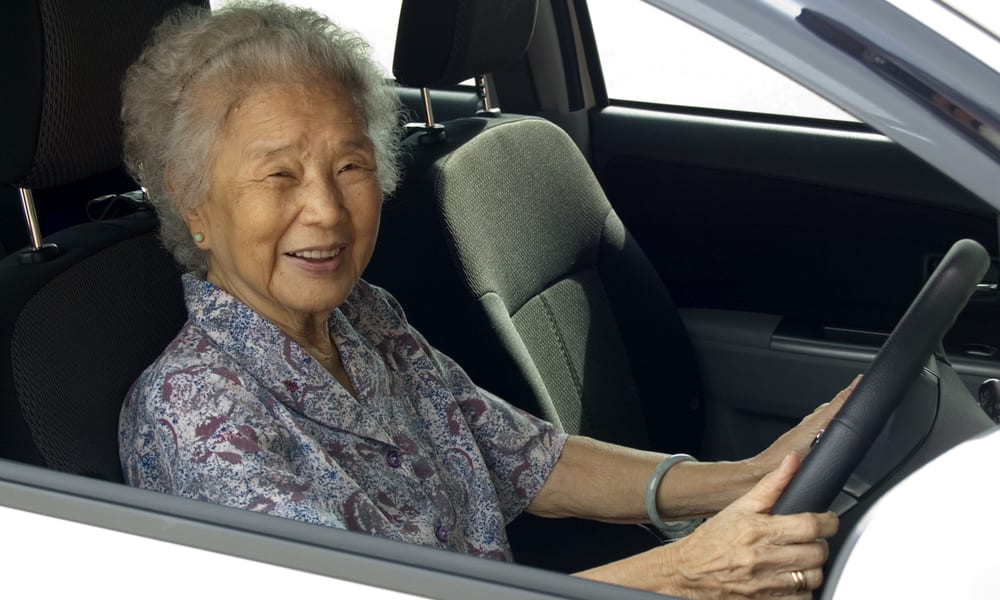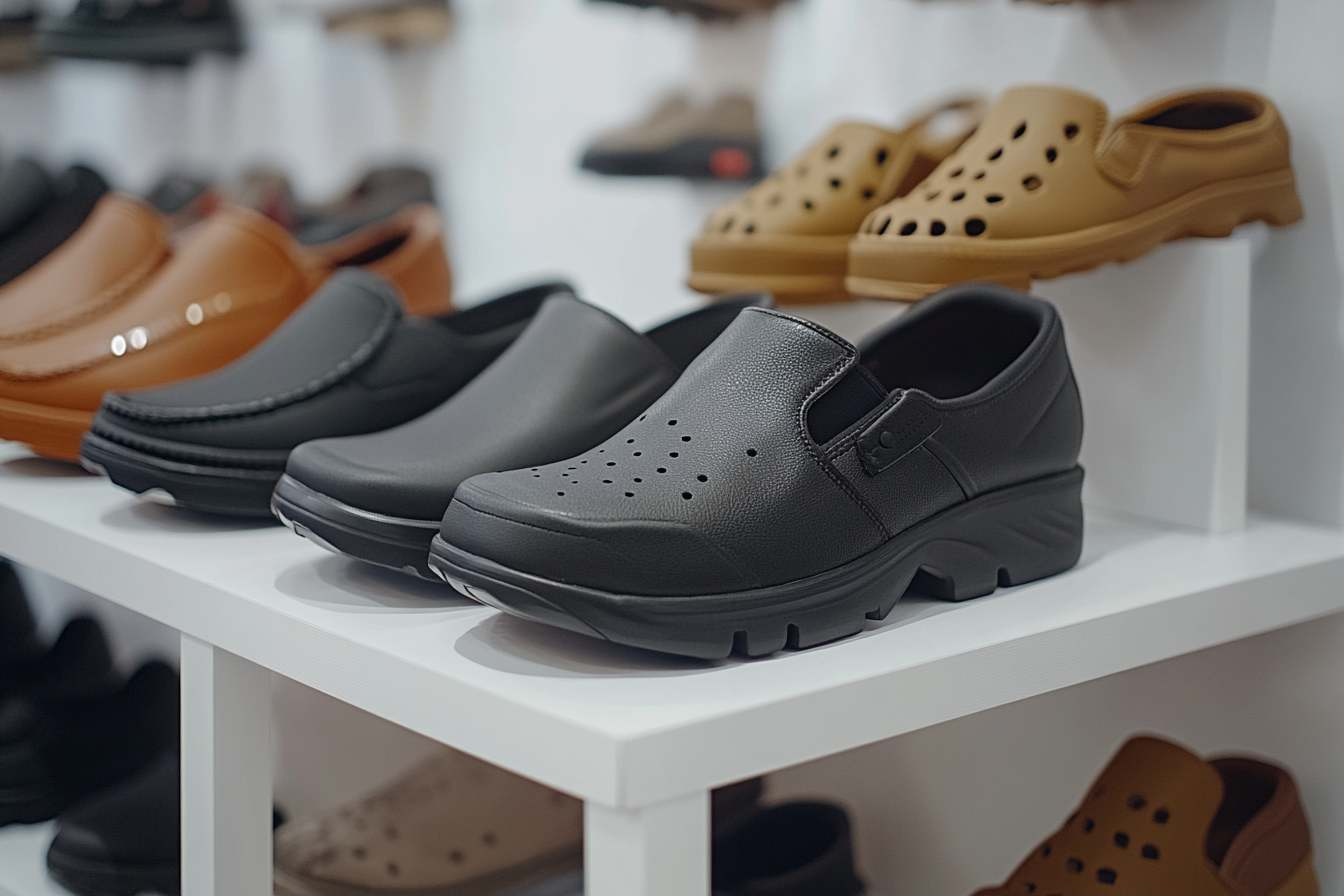Wheelchair-Accessible Vehicles — Private Sale Guide: Key Steps for Buyers and Sellers
Buying or selling a wheelchair-accessible vehicle privately involves more than a standard used-car transaction. Conversions, safety equipment, and compliance paperwork add steps that are easy to overlook. This guide outlines practical actions for both buyers and sellers so you can document modifications, assess value, confirm roadworthiness, and complete a secure, compliant transfer.

Private sales of wheelchair-accessible vehicles (WAVs) combine the usual used-car considerations with the added complexity of mobility conversions. Ramps or lifts, lowered floors, restraint systems, transfer seats, and hand controls must all function safely and be properly documented. The following steps help buyers and sellers prepare a complete, transparent transaction that protects accessibility, safety, and value.
Preparing the vehicle: what to document
Sellers should assemble a clear, dated record of all modifications and maintenance. Include original build sheets, converter invoices, installation dates, serial numbers, and manuals for ramps/lifts, restraints, transfer seats, or hand controls. Add general service records for brakes, tires, suspension, and battery; WAVs often have extra electrical loads and modified suspensions, making history more important. Photograph the conversion from multiple angles: ramp/lift deployed, tie-down points, control switches, lighting, and underbody cut or channels where applicable. Note the vehicle’s condition honestly—rust in the lowered-floor area, ramp surface wear, frayed belts, squeaks, or hydraulic noises. Buyers should request this full file, plus proof that recalls were addressed and any post-conversion inspections or engineering certificates (where required) were completed.
Pricing and market research: valuing conversions
Pricing requires separating base-vehicle value from conversion value. Research comparable listings with the same entry type (side vs. rear), ramp/lift type (manual vs. power), seating layout, mileage on both vehicle and conversion, and model year. Conversions hold value when crash-tested, well-documented, and supported by active manufacturers. Regional supply is uneven, so expand searches beyond your city and consider local services in your area that specialize in accessible vehicles. Expect manual rear-entry minivans to list lower than power side-entry builds; full-size vans with lifts and custom seating can vary widely. For older vehicles, conversion condition may influence value more than the base vehicle—functional ramps, clean wiring, and intact corrosion protection are strong signals.
Safety inspections and test drives: key checks
Before money changes hands, perform a thorough accessibility and roadworthiness check. Inspect ramp or lift movement (full travel, smooth speed, auto-stop), emergency manual overrides, and the ramp surface for grip. Confirm weight ratings meet user needs. Examine the lowered floor, rails, and welds for rust or damage. Test tie-down systems (e.g., L-track, Q’Straint/Sure-Lok belts) for secure locking and wear; ensure occupant restraints latch at correct angles. Verify seating and anchorages are solid, door openings meet clearance needs, and kneeling systems engage consistently without unusual compressor cycling. During the drive, listen for rattles from the ramp compartment, check alignment and braking in a controlled stop, and confirm electrical loads (ramp, lighting, blower) do not cause voltage drops. If possible, arrange an independent inspection with a mobility dealer or licensed mechanic experienced in WAVs.
Legal, title, registration and insurance transfer
Paperwork varies by country and state. Confirm the seller’s identity matches the title or registration and that any liens are released. Some regions record body type as “wheelchair accessible” or similar; others rely on a modifier’s label or engineering certificate attached to the vehicle. Obtain conversion invoices and any conformity or crash-test statements supplied by the converter. Many jurisdictions require a fresh roadworthiness or safety certificate for transfer; emissions testing may also apply. Inform your insurer about all modifications; undisclosed conversions can affect claims. Ask whether adaptive equipment or conversions are covered at agreed value, and whether roadside assistance extends to ramp or lift malfunctions. Keep copies of the bill of sale, odometer disclosure (if required), and a delivery/acceptance note listing included equipment, keys, fobs, and manuals.
Negotiation, secure payment, and post‑sale support
Negotiate based on documented condition, recent maintenance, conversion type, and market comps. Point out any needed items—belt replacements, ramp motor service, or corrosion treatment—to justify adjustments. Use secure payment methods: meet at the buyer’s bank to verify cashier’s checks, or use a reputable escrow service. Avoid releasing the vehicle or title before funds clear. Provide or request a signed bill of sale with VIN, sale price, date, and names; for international transactions, confirm export/import requirements and taxes in advance. Discuss any remaining manufacturer or converter warranty and whether it is transferable; where no warranty exists, note that the sale is “as-is.” Exchange contact details for post-sale questions and share links to manuals and service centers that support the specific conversion.
To ground pricing conversations, here are real-world examples of common WAV products and services and their typical cost ranges. These estimates depend on vehicle model, region, parts availability, and installer rates.
| Product/Service | Provider | Cost Estimation |
|---|---|---|
| Side-entry power ramp minivan conversion | BraunAbility | Typically $20,000–$40,000 for conversion, excluding base vehicle |
| Side-entry power ramp minivan conversion | Vantage Mobility International (VMI) | Typically $20,000–$40,000 for conversion, excluding base vehicle |
| Rear-entry manual ramp minivan conversion | Freedom Motors USA | Typically $10,000–$25,000 for conversion, excluding base vehicle |
| Pre-owned converted minivan (varies by age/spec) | AMS Vans (pre-owned inventory) | Often $25,000–$60,000+ total vehicle price |
| Full-size van wheelchair lift (installed) | BraunAbility/Ricon lift via mobility dealer | Commonly $5,000–$15,000 installed |
| Mechanical hand controls (installed) | Sure Grip via certified installer | About $1,000–$2,500 installed |
| Power transfer seat (installed) | MobilityWorks or local mobility dealers | Often $3,000–$6,000 installed |
Prices, rates, or cost estimates mentioned in this article are based on the latest available information but may change over time. Independent research is advised before making financial decisions.
These figures help benchmark value during a private sale, but condition, documentation, and regional demand remain decisive. When comparing listings, note whether prices include features like power kneeling, automatic doors, removable front seats, or upgraded restraints, as these meaningfully shift total value.
Conclusion A successful private sale of a wheelchair-accessible vehicle depends on thorough documentation, realistic pricing tied to conversion specifics, careful safety checks, and clean, compliant paperwork. Secure payment practices and clarity about any remaining support or warranty reduce risk for both parties. With transparent records and focused inspections, buyers and sellers can complete a fair transfer that preserves accessibility and safety long after the sale.




